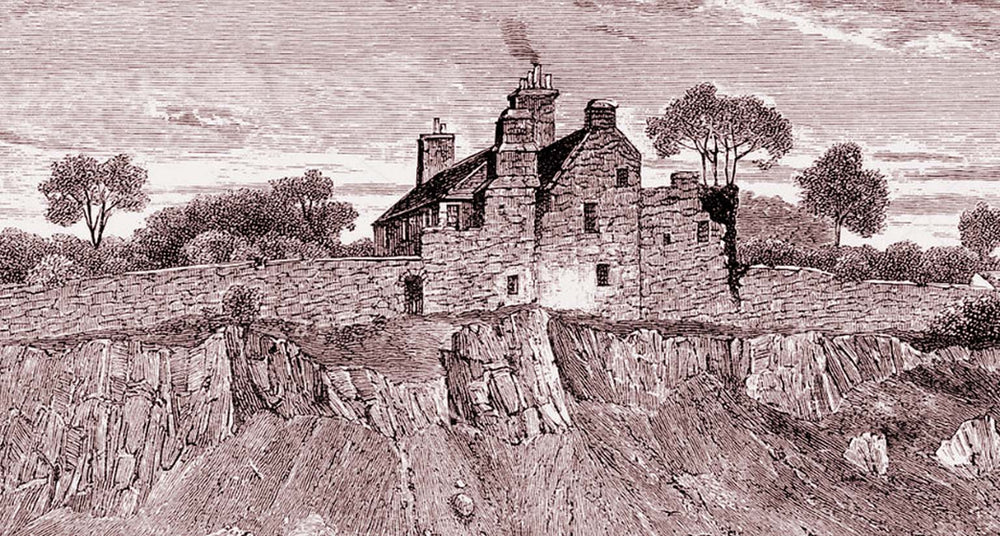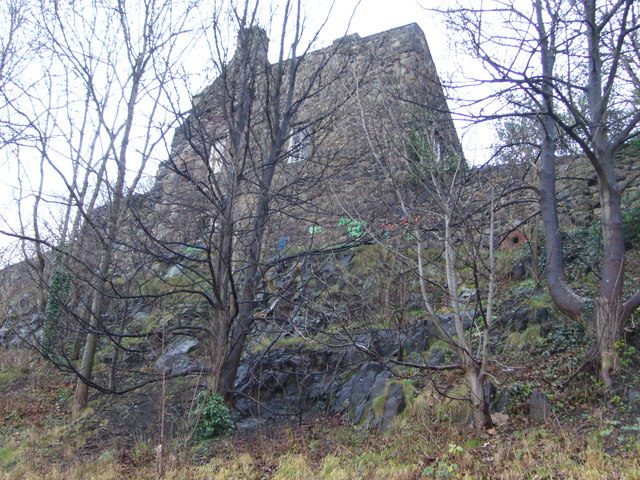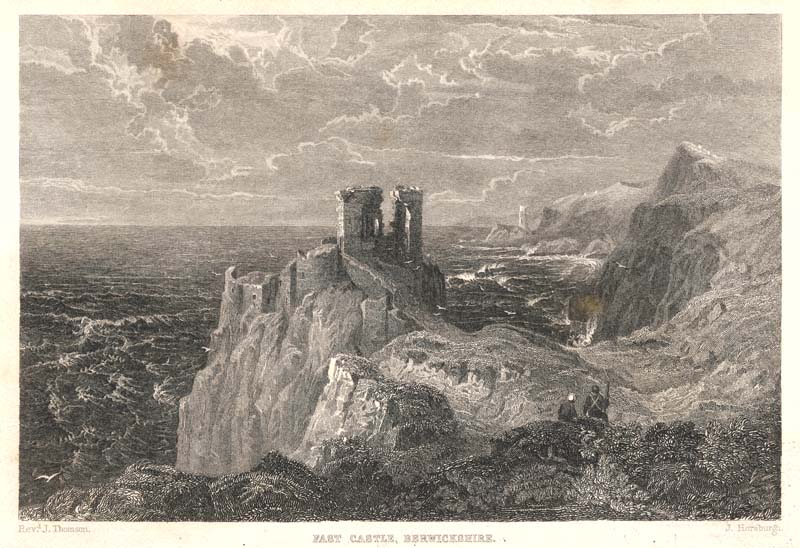Origins
Clan Logan is an ancient Scottish clan with branches originating in both the Highlands and Lowlands of Scotland. The name Logan likely comes from the Scottish Gaelic word “lagan” or “laggan,” meaning a low-lying place such as a valley or glen.
Earliest Record
The first documented Logan was Adam of Logan, who witnessed a charter by King Alexander II on August 25, 1236.
Highland and Lowland Branches
- Highlands: The Logan or Loban clan from the Highlands.
- Lowlands: Included the Logans of that Ilk (the Chiefly line), the Barons of Restalrig, the Logans from Ayrshire, and the Lobbans from Banff.
Notable Figures and Times
- In 1296, six Scottish noble Logans paid homage to Edward I of England within the Ragman Rolls: Andreu de Logyn from Wigtonshire, Phelipp de Logyn, burgess from Montrose, Thurbrandus de Logyn from dumfriesshire, Walterus Logan and Wautier Logan from Lanarkshire.
- Walter Logan: Lord of Hartside and Sheriff of Lanark. Walter Logan was a staunch supporter of Robert the Bruce, the King of Scots. His loyalty to Bruce led to his lands being forfeited by Edward I of England in 1306. In the same year, Dominus Walter Logan was captured by English forces. He was taken prisoner and subsequently hanged at Durham in the presence of Edward of Carnarvon, who would later become Edward II of England. His execution was part of Edward I’s efforts to suppress Scottish resistance and consolidate English control over Scotland. Walter Logan’s legacy is marked by his unwavering support for Scottish independence and his tragic end. His sons, Sir Walter and Sir Robert Logan, continued his legacy of bravery and loyalty, ultimately sacrificing their lives as detailed below.
- Sir Walter and Sir Robert Logan: Accompanied Sir James Douglas in 1330 to take the heart of King Robert I of Scotland to the Holy Land. They joined Alfonso XI of Castile in the Kingdom of Granada and were killed during the siege of the castle of Teba.
- Sir Robert Logan of Restalrig: Married Bruce’s great-granddaughter and became the Admiral of Scotland in 1400. He was a prominent Scottish knight who lived during the late 14th and early 15th centuries. As Lord Admiral of Scotland, Sir Robert Logan had command over the King’s ships and sailors, and he was responsible for inspecting all sea ports, harbours, and sea coasts. The office of Lord Admiral also included appointing judges to decide maritime affairs, both civil and criminal. In 1400, Sir Robert Logan was captured by the English near Berwick while preparing to attack English herring boats. Following his capture, he spent some time imprisoned in the Tower of London. Sir Robert Logan’s family had a long history of involvement in Scottish affairs. His father and grandfather were also named Robert Logan of Restalrig. The Logan family lived at Lochend Castle, near Restalrig, and were influential in the region.


- Sir Robert Logan of Restalrig (c. 1555-July 1606): Was implicated in the mysterious and controversial event called the Gowrie House affair that took place on August 5th, 1600. It involved King James VI of Scotland and the Ruthven family, specifically John Ruthven, 3rd Earl of Gowrie, and his brother, Alexander Ruthven. King James VI visited Gowrie House in Perth, allegedly at the invitation of Alexander Ruthven. The details of what transpired are unclear, but it is reported that the king was attacked and narrowly escaped with his life. Both John and Alexander Ruthven were killed during the incident. Sir Robert Logan of Restalrig was implicated in the Gowrie House affair posthumously. Letters were discovered that suggested Logan had conspired with the Ruthvens to abduct or possibly assassinate King James VI. These letters, known as the “Logan Letters,” were presented as evidence during the trial of the surviving conspirators. The letters purportedly written by Logan detailed plans to use his property, Fast Castle, as a base for the conspiracy. Logan’s involvement was never proven conclusively, and he had died in July 1606, before the letters were discovered. The Gowrie House affair remains one of the most enigmatic events in Scottish history. The true motives and actions of those involved, including Robert Logan, are still debated by historians. As a consequence, the Restalrig Logans were eventually outlawed and disbanded and the name Logan was not popular at the time.

19th Century Engraving of Fast Castle
- George Logan VII of that Ilk: Registered arms in 1672 at the formal process established by the Lyon King of Arms Act of 1672. This act created the Public Register of All Arms and Bearings in Scotland, where individuals and families could officially register their heraldic arms.
- Hugh Logan, last Chief of Logan: Hugh was the grandson of above mentioned George. He was born in 1739 and died unmarried in 1802 without any lawful children. He was known as the witty laird of Logan due to his wit, hospitality and contributions to the Logan family history. He sold the Logan estate in 1797 except for two farms at Burnhead and Hiller, which he left to his sister Janet.